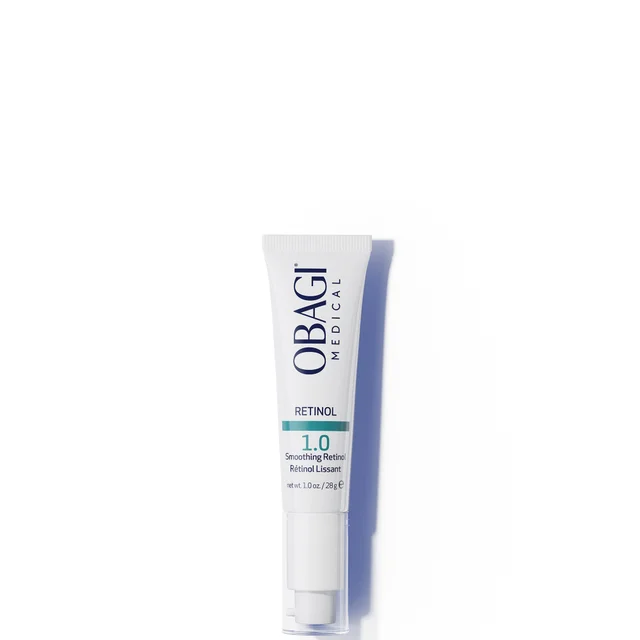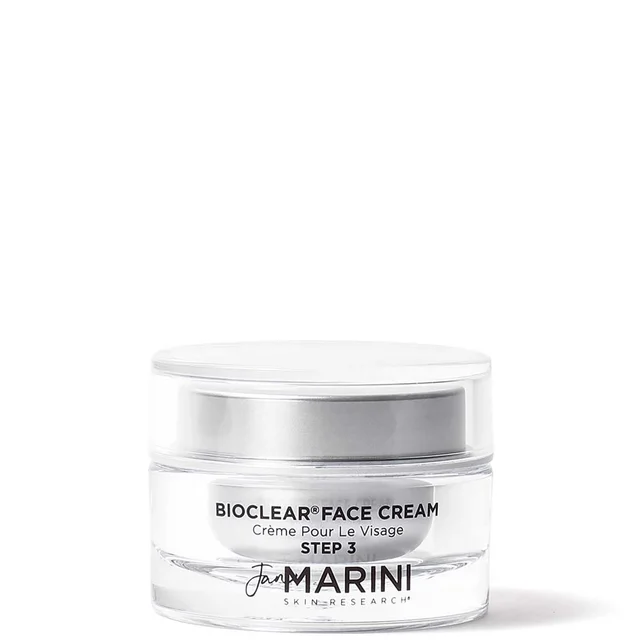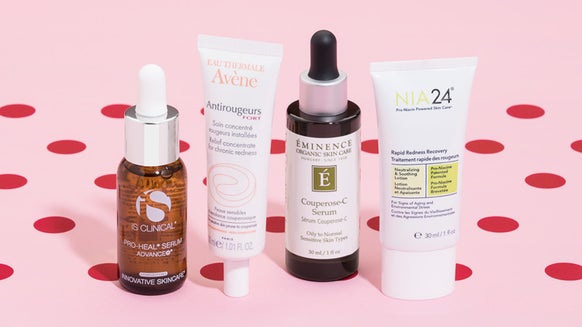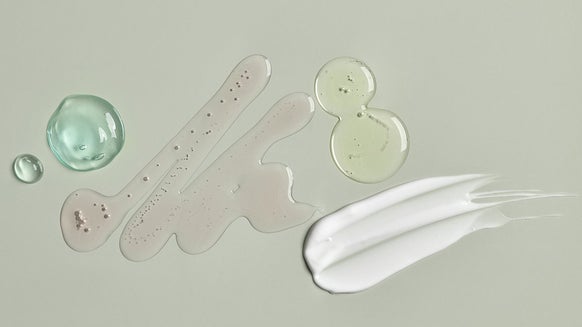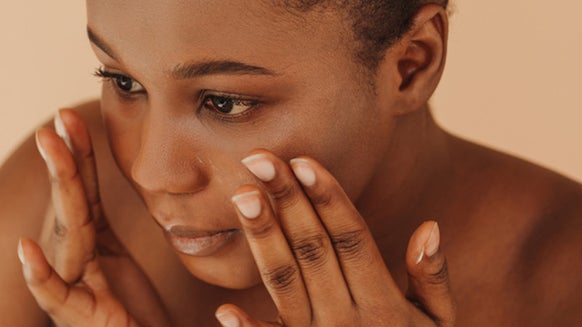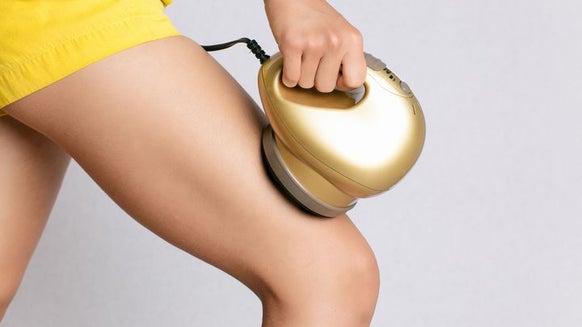White Spots on Your Skin? Here’s What May Be Causing Them.
1. Milia
Symptoms: Small, white or yellowish bumps commonly found around the eyes, cheeks, nose and forehead; also occurs on the gums and inside the mouth of infants; secondary milia can occur anywhere on the body, following other skin conditions.
How to Deal:
2. Vitiligo
Milky-white patches above your eyes, neck or hands may be a sign of vitiligo, an “autoimmune skin condition in which the body is triggered to recognize its own pigmented skin cells as foreign and attacks and destroys them,” says board-certified dermatologist and clinical instructor at the University of California Tsippora Shainhouse, MD, FAAD. While this condition can start at any age, theAmerican Vitiligo Research Foundation says it often develops between the ages of 20 to 30 with the light discoloration appearing anywhere on the body.
Symptoms: Milky-white patches of varying size on the body; other less common signs are premature graying of hair (including lashes, beard or eyebrows), loss of color in the tissues inside the mouth and change in color of the retina.
How to Deal:
3. Idiopathic Guttate Hypomelanosis
Symptoms: Freckle-like white spots on shins, forearms and other sun-exposed areas; usually smooth but may also appear scaly.
How to Deal: “Prevention is key for IGH,” says New York-based board-certified dermatologist Janet Prystowsky ofLivad Skin Care. “Wear sunscreen!” To reduce its appearance,topical steroids and dermabrasion may be used.
4. Pityriasis Alba
This mild, inflammatory condition is more common in children with eczema, but can also develop in young adults, particularly those with sensitive skin and a darker complexion. “It presents as small white patches, usually on the face, with fine scales,” says Dr. Shainhouse. While the exact causes are unknown, itoften occurs with dry skin and atopic dermatitis and is more noticeable after sun exposure.
Symptoms:
How to Deal:
5. Tinea Versicolor
Symptoms: White to pink-brown spots that form patches and can appear anywhere on the body; causes itchiness in affected area; may be dry and scaly; usually disappears during cold, dry months and returns in the spring or summer.
How to Deal:

Janeca Racho is a Journalism graduate with over 15 years of writing experience. After getting her start in public relations and advertising, she made the switch to freelance writing and began working for various lifestyle, fashion, and travel brands. Her love for all things skincare has led her to beauty reporting and research for the last ten years. Writing for several hair and beauty blogs, she reports on anti-aging staples, trending brands and products, must-have ingredients, and health and wellness.

